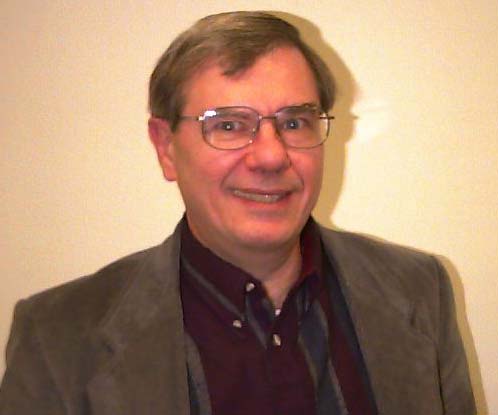 |
Mr. Warmkessel's Guest Lecture 1998 |
 |
Mr. Warmkessel's Guest Lecture 1998 |
Mr. Warmkessel, a programmer at GPU, visited Wyomissing's computer science classes on Dec. 16, 1998 to discuss his role at GPU in solving the Y2K Crisis.
His lecture notes are available here.
In preparation for his visit, all students were asked to:
Check the Microsoft Web site
above to see if the software that we use in class (MS Word, Excel, Access, Visual Basic,
or Visual C++) is Y2K compliant.
| Win a Year 2000 Clock!!! Mr. Warmkessel awarded a Year 2000 Clock =>>> to the student who correctly answered the most of the following questions:* Congratulations to Brandon W & David Y who both tied with only 3 wrong on the quiz! (Brandon won the clock with the coin flip tie-breaker. |
 |